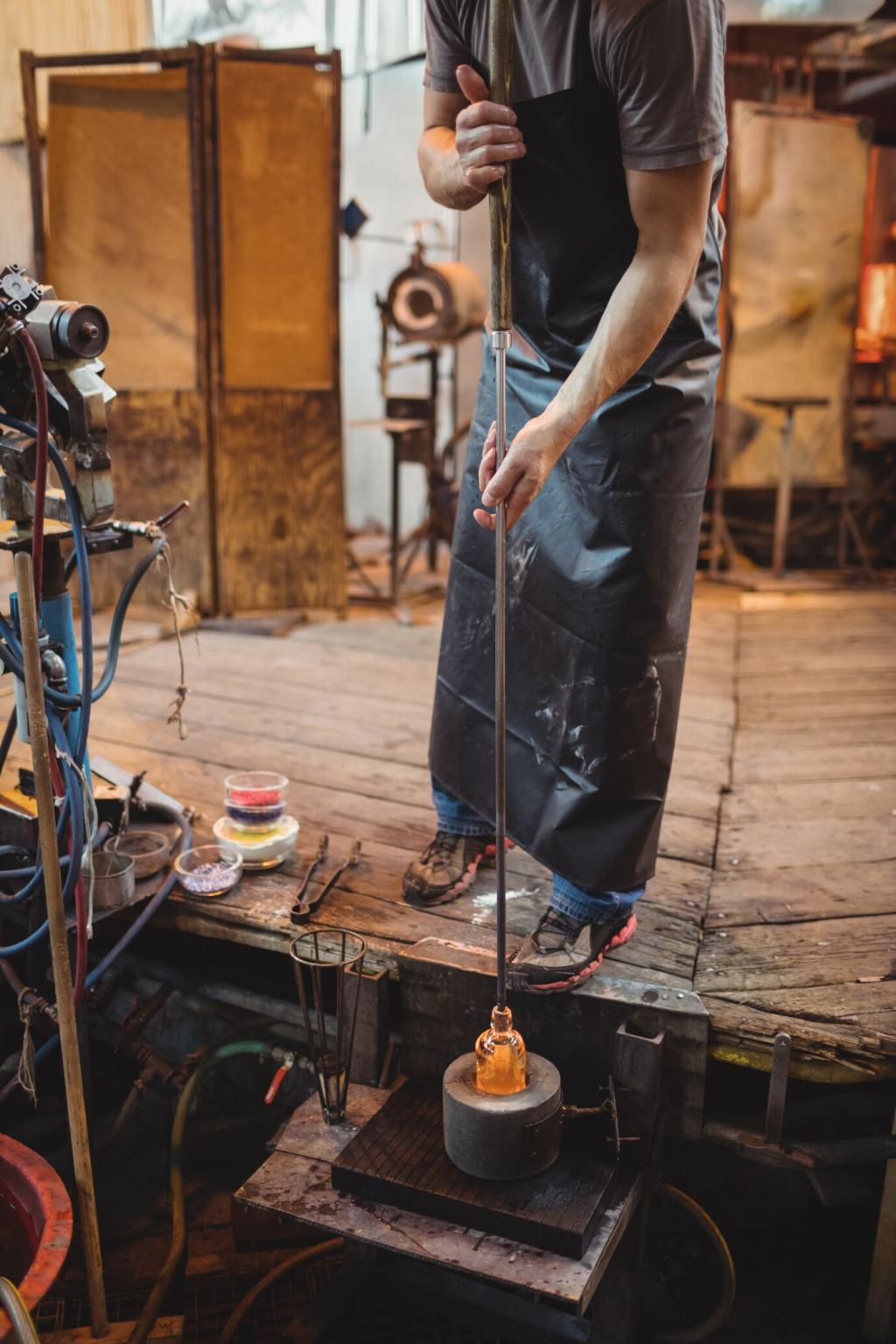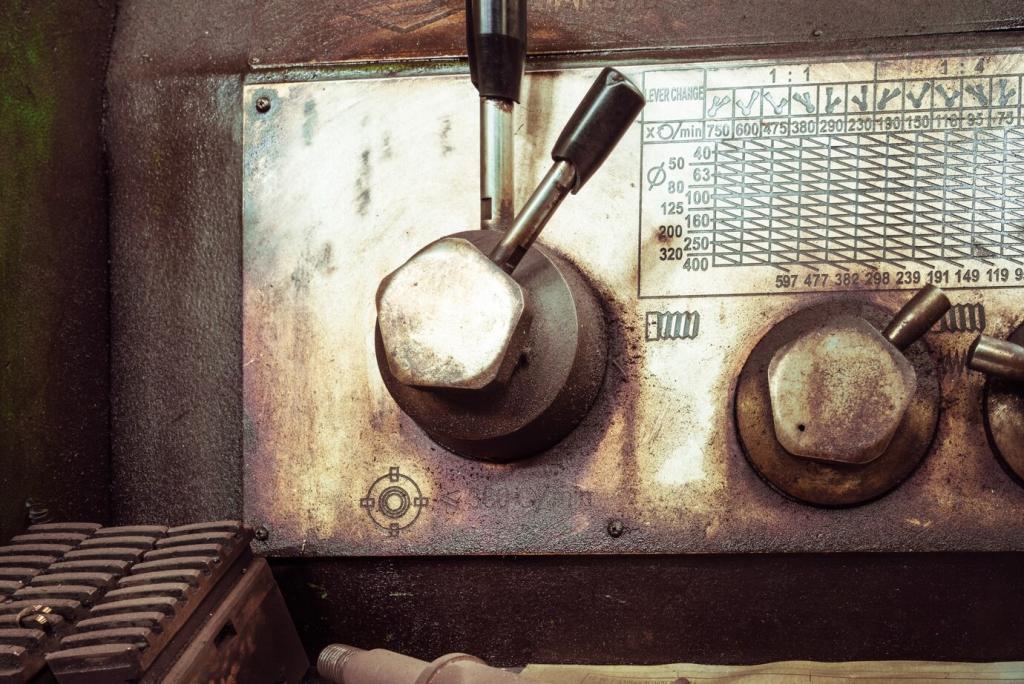
Cherish the Past: Upholstery Care for Vintage Pieces
Chosen theme: Upholstery Care for Vintage Pieces. Welcome to a friendly, hands-on guide for preserving the character, comfort, and quiet stories stitched into your heirloom chairs and sofas—subscribe and share your own restoration moments with us.
Know Your Fabrics and Fillings
Peek discreetly beneath skirt edges or inside a hidden seam to study weave, sheen, and hand. Vintage upholstery often features wool blends, cotton damask, silk brocade, mohair, or linen—each reacting differently to moisture and abrasion. Share your detective tricks in the comments.
Know Your Fabrics and Fillings
Aniline dyes, early prints, and metallic threads can be heartbreakingly fugitive. Press a white cotton swab lightly with distilled water on a hidden area; if color transfers, adjust your plan. Blot, don’t rub, and celebrate gentle patience over speed.
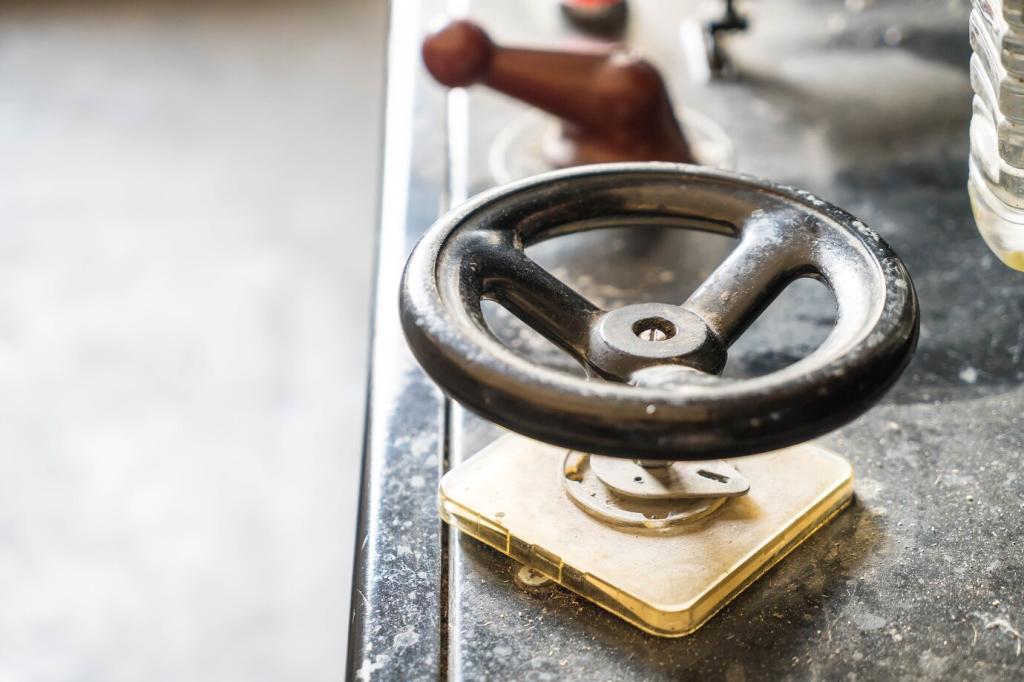
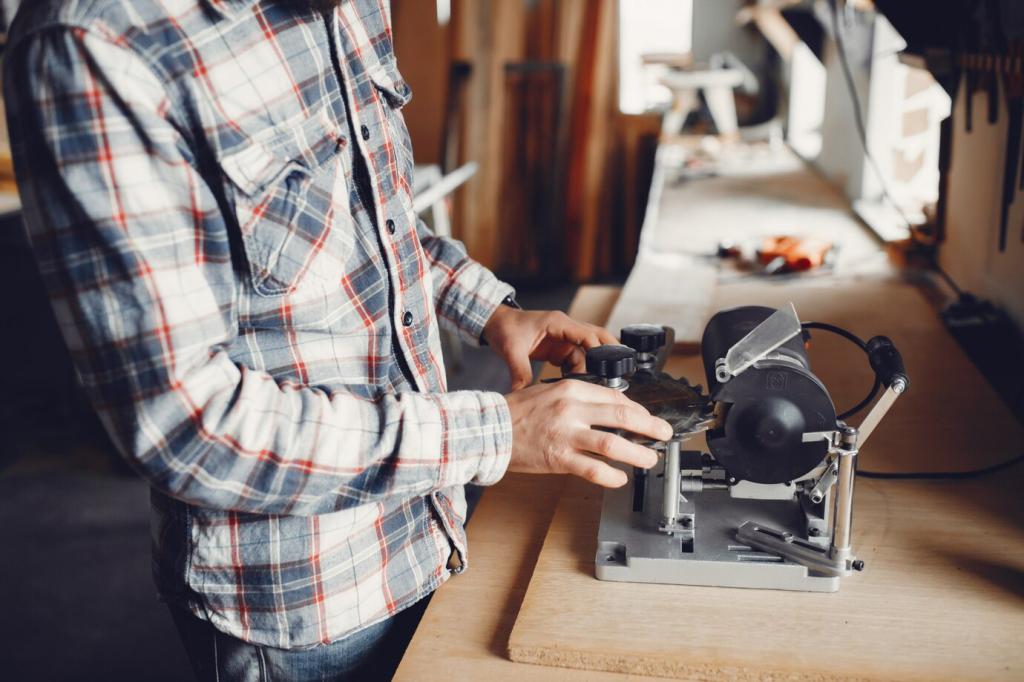
Dry soil removal first
Use a soft upholstery brush and a HEPA vacuum on low suction with a screen over delicate piles. Lift dust, grit, and soot without dragging them through fibers. Support cushions with your hand as you work and log trouble spots for later.
Spot-testing like a conservator
Create a tiny test window in an inconspicuous place. Apply a pH-neutral solution with a cotton swab, watching for dye bleed or texture change. Blot with fresh, white towels, replace them often, and let each step dry fully before proceeding.
Mending with Respect
01
A fine ladder stitch, waxed silk thread, and a curved needle can close small seam splits gracefully. For fragile textiles, underlay with silk crepeline to distribute stress. Keep stitches sparing, even, and reversible—then share your proud before-and-after in the thread.
02
When jute webbing sags, add reinforcement with respect for original tack holes and rails. Position new tacks or staples carefully to avoid splitting, and maintain the frame’s geometry. Edge rolls shape the silhouette; rebuild gently so the profile remains historically true.
03
Where possible, retain and rejuvenate original horsehair by washing and carding; supplement with clean wool batting or cotton felt, not modern foams that alter the sit. Avoid overstuffing, which strains seams and changes lines. Ask us for sourcing tips anytime.
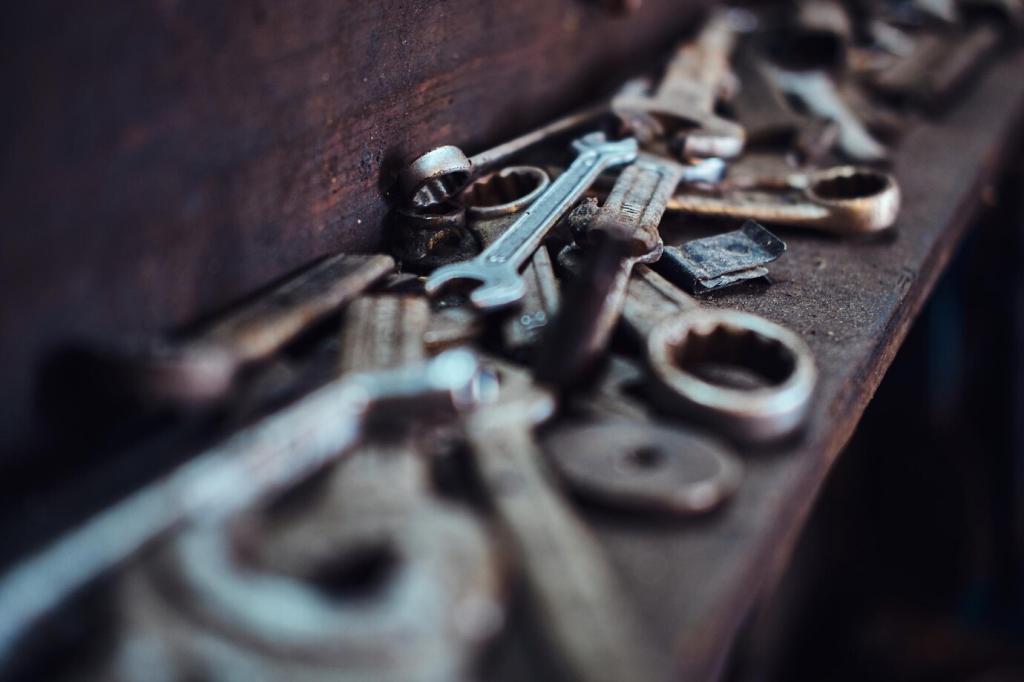
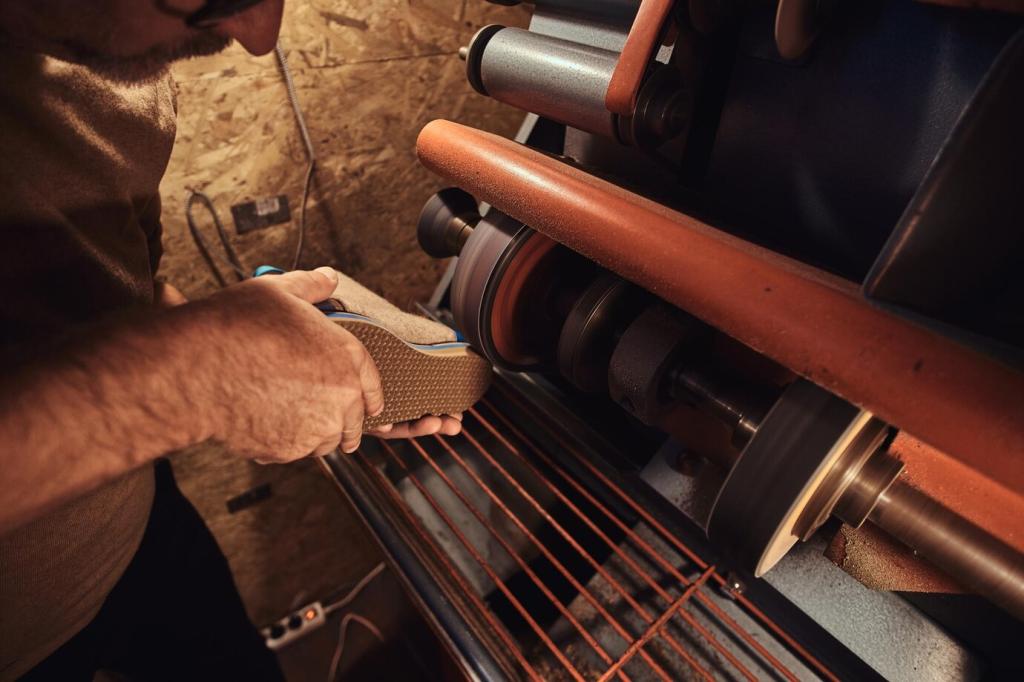
Light, Humidity, and Everyday Living
Install UV-filtering film or use sheer curtains, and rotate cushions monthly to even exposure. Fading often shows as ghostly arms or patchy backs. Share your room layout and we’ll help you find the sweetest, safest spot for your favorite chair.
Light, Humidity, and Everyday Living
Aim for 45–55% relative humidity using a hygrometer. Too dry makes fibers brittle; too damp invites mildew and rust. Keep pieces away from radiators, vents, and damp exterior walls. Breathable dust covers can help during renovations—tell us what works for you.
Stain Scenarios from Real Homes
Blot immediately with cold water, then tamp gently with a neutral detergent solution, wicking from beneath with folded towels. Avoid heat that can set tannins. One reader’s 1930s club chair survived this exact ritual—share your own tea triumphs below.
Your Vintage Upholstery Care Kit and Routine
Soft upholstery brush, clean white cotton cloths, an upholstery screen, pH strips, neutral detergent, cotton swabs, curved needle, silk thread, small fans, hygrometer, and nitrile gloves. Add a notebook to track dates, products, and observations as you learn.
